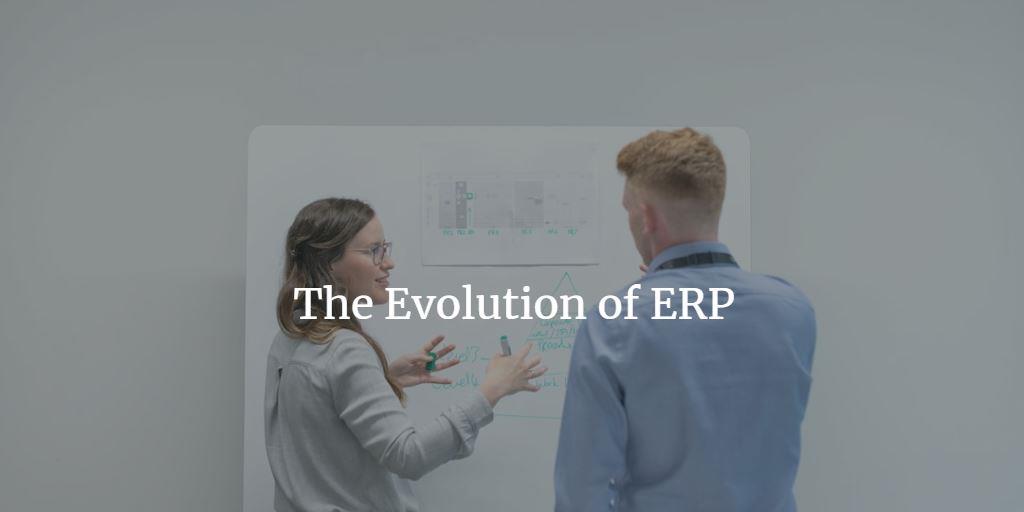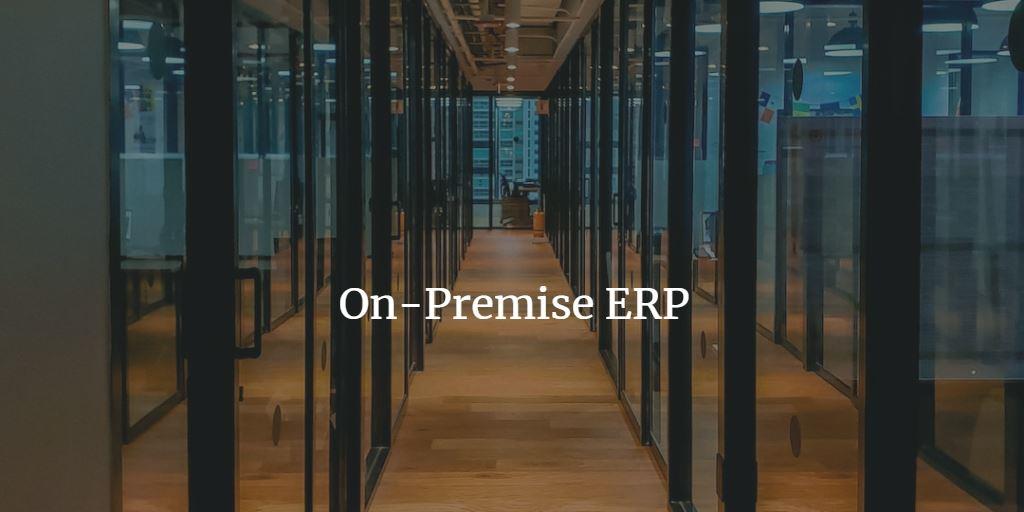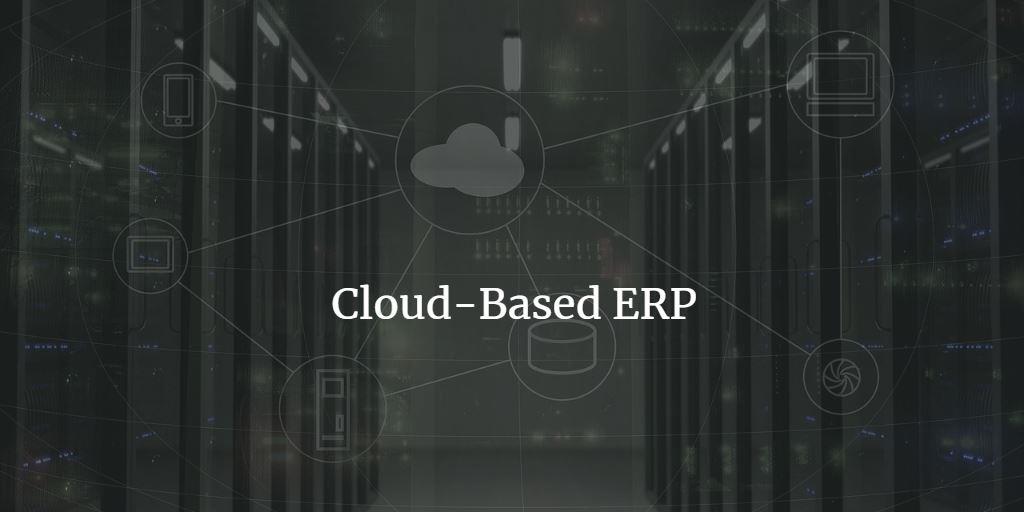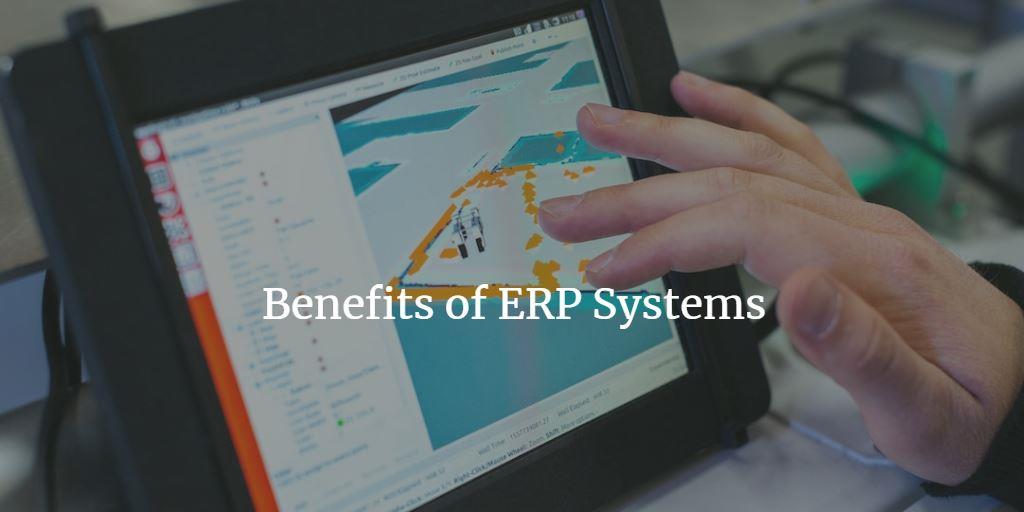Table of Contents
Introduction
Enterprise Resource Planning which is also abbreviated as ERP is a type of software solution that allows any business to integrate and manage its core business processes in a single, centralized platform. This system enables organizations to automate and streamline processes, reduce manual intervention, and improve efficiency in various areas of the business, such as accounting, human resources, supply chain management, customer relationship management, manufacturing, and many other departments. ERP has a dedicated module that can help each and every department.
ERP software offers several features and modules that can be customized based on a business’s specific needs. The primary objective of implementing an ERP system is to facilitate the flow of data and communication within an organization by providing a unified view of all business operations.
In recent years, there has been a shift in how work is conducted. Previously, work was done in a flurry of moments and during that time it wasn’t easy to keep track of what was happening and in how much time what work was done. With the use of recorders and other tools, however, today’s employers can easily keep track of their managers and directors and other leaders. This means that work can be consistent and individuals can be more focused on their individual goals. Additionally, digital methods of communication can be used to reduce the need for specific communication between managers and employees which can be a time-consuming and laggard way of communication.
The Evolution of ERP

ERP systems have evolved over time, starting from the early 1960s when businesses started using mainframe computers to manage their operations. By the 1980s, companies began to realize the benefits of using an integrated software solution, and ERP systems started to emerge, it was at this moment that ERP as a system started to gain recognition. The first ERP system, Material Requirements Planning (MRP), was designed to manage inventory and production planning in manufacturing companies.
Over the years, ERP systems evolved to include more features and functionalities. Today, ERP software systems can be customized to meet the specific needs of different industries, including retail, healthcare, finance, logistics, and much more.
There are a few big changes happening in the world of ERP right now, and they all have one thing in common: they’re all based on the idea that more is better.
The first change is that companies are becoming more demanding with the people who are buying and selling through an ERP system. The demand for software has been increasing every year after year for the last few years, and while there are still a lot of people who don’t understand or use ERP, it’s impressively growing today.
The second change is that the industry is becoming more and more diverse. What once has been considered a “white-hot” area in ERP now appears to be a more general interest area for businesses. This is because of the increasing demand for software, and for a more general interest area for businesses that understand ERP.
The third and final change is that the industry is becoming more competitive. This is why ERP is being updated more often and why there are so many new startups and existing companies expanding their services to provide their own versions of ERP.
All of these changes are simply a result of understanding that ERP is constantly evolving and would continue to evolve, to stay ahead of the competition. As a result, it’s important to keep that in mind as you work with this ever-growing field of ERP.
Types of ERP Systems
ERP systems can be classified into two main categories which are On-premise and Cloud-based.
1. On-Premise ERP:

This type of ERP system is usually installed and hosted locally on the organization’s servers. The software can only be accessed within the company’s network, and businesses have full control over their data and system customization. However, on-premise ERP systems require a significant investment in hardware, infrastructure, and maintenance.

This type of ERP system is hosted on the cloud, and businesses can access it remotely via the internet. Cloud-based ERP systems offer several benefits, including scalability, cost-effectiveness, and flexibility. Businesses can choose a subscription-based pricing model, which eliminates the need for significant upfront investments.
There are three main types of ERP resource planning:
1. Types of data:
Data is a very important asset of any business, any information that is needed for planning and managing the business is extremely important. This includes data that is needed to meet business needs, such as data that is needed for customer service, customer shipped items, or data that is needed for credit monitoring.
2. Concepts or designs for data:
This is the approach that is taken with regard to how data is created, accessed, sorted, or another combination of data is used to make a decision. This is the approach that is taken with regard to light data, such as what is needed for analysis.
3. Scheduled/official into use:
This is the approach that is taken with regard to when data is used, how long it is used for, and when it should be removed from the system.
Benefits of ERP Systems

1. Increased efficiency and productivity:
ERP systems not only automate and streamline business processes but also reduce manual intervention and improve accuracy. This leads to increased efficiency and productivity, resulting in cost savings and better resource allocation, thereby increasing the efficiency and overall productivity of all employees.
2. Improved decision-making:
ERP systems provide real-time data and insights, enabling businesses to make better decisions based on accurate and up-to-date information. ERP system will help businesses identify trends, track performance, and opportunities for growth. Due to accurate data and almost flawless forecasting based on input data decision-making within the organization improve.
3. Enhanced customer service:
ERP systems help businesses manage customer data and interactions very well and in an organized way, enabling them to provide personalized services and improve customer satisfaction levels. By integrating customer data with other business operations, businesses can offer a seamless customer experience and are able to target a group of relevant audiences with a product that is super useful for better conversion.
4. Better inventory management:
ERP systems help businesses manage inventory levels, thereby reducing the chances of stockouts and overstocking. This leads to cost savings, improved customer service, and better resource utilization compared to those without an ERP system.
5. Improved financial management:
ERP systems help businesses manage financial data, including accounts payable, accounts receivable, and general ledger the whole of the finance part can be managed in one place. This leads to accurate financial reporting, better cash flow management, and improved financial decision-making through the organization and inter-department.
6. Better supply chain management:
ERP systems help businesses manage the entire supply chain, from procurement to production to delivery. This leads to better supplier management, improved production planning, and better delivery times.
7. Enhanced project management:
ERP systems help businesses manage projects, including scheduling, budgeting, and resource allocation. This leads to better project planning, improved project execution, and better project outcomes.
8. Increased collaboration:
ERP systems enable different departments within an organization to work together seamlessly by providing a shared platform for data and communication. This increases collaboration improves communication and reduces silos.
9. Better compliance:
ERP systems help businesses comply with regulatory requirements and industry standards, such as Sarbanes-Oxley, HIPAA, and ISO. This leads to reduced risk and improved compliance. This also means that by implementing ERP the whole industry’s standards can be improved as each and every organization would be having a system that meets global standards.
10. Improved data quality:
ERP systems help businesses maintain data accuracy and security by providing data validation and verification tools. This leads to better data quality, improved decision-making, and reduced errors.
11. Increased scalability:
ERP systems can be customized and scaled to meet the changing needs of businesses, from small startups to large enterprises. Each and every business can take advantage of ERP system no matter the level of implementation. ERP leads to increased flexibility, reduced IT costs, and improved business agility.
12. Better business intelligence:
ERP systems provide data analytics and reporting tools which enables businesses to analyze data and identify trends. This leads to better business intelligence, improved forecasting, and improved decision-making.
13. Improved vendor management:
ERP systems help businesses manage vendor relationships, starting from sourcing to payment cycles. ERP system also leads to better vendor selection, improved contract negotiation, and better vendor performance.
14. Improved employee management:
ERP systems help businesses manage employee data, including payroll, benefits, and performance. This leads to better employee engagement, improved retention, and reduced HR costs. It is really helpful for tracking performance and future task allocation.
15. Improved risk management:
ERP systems help businesses manage risk by providing real-time data and analytics. This leads to better risk assessment, improved risk mitigation, and reduced business risk. ERP system can alert the business about the risk in advance but cannot help to avoid it completely.
16. Better data management:
ERP provides businesses with real-time access to critical data which is also centralized enabling better analytics and decision-making. It also allows businesses to analyze data across different departments, which can reveal new insights and opportunities for growth.
17. Reduced costs:
ERP eliminates redundant data entry and streamlines business processes, which can lead to significant cost savings. It can also help businesses identify areas where they can cut costs, such as by reducing inventory levels or optimizing supply chain processes.
Conclusion
To conclude, ERP has evolved a lot and will continue to evolve for the betterment of businesses. There are two implementation options to choose from, On-premise or cloud-based which totally depend upon business preferences. Various benefits that an ERP offers are better data management, reduced costs, better employee management, scalability, improved finance management, and much more which are essential for creating a competitive advantage over competitors.
Chris Mcdonald has been the lead news writer at complete connection. His passion for helping people in all aspects of online marketing flows through in the expert industry coverage he provides. Chris is also an author of tech blog Area19delegate. He likes spending his time with family, studying martial arts and plucking fat bass guitar strings.